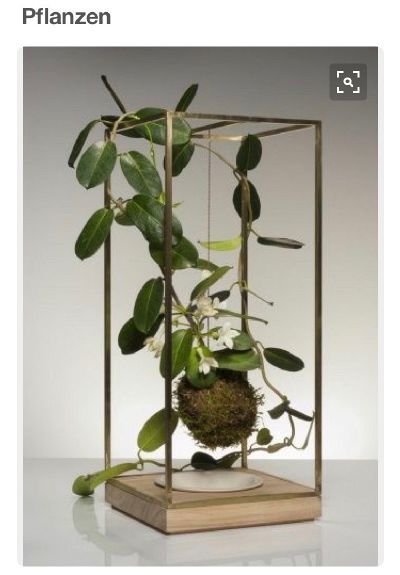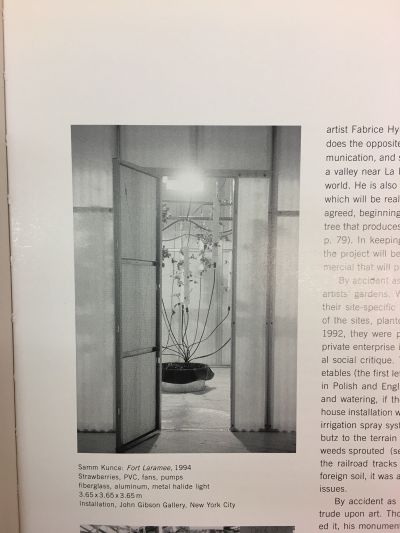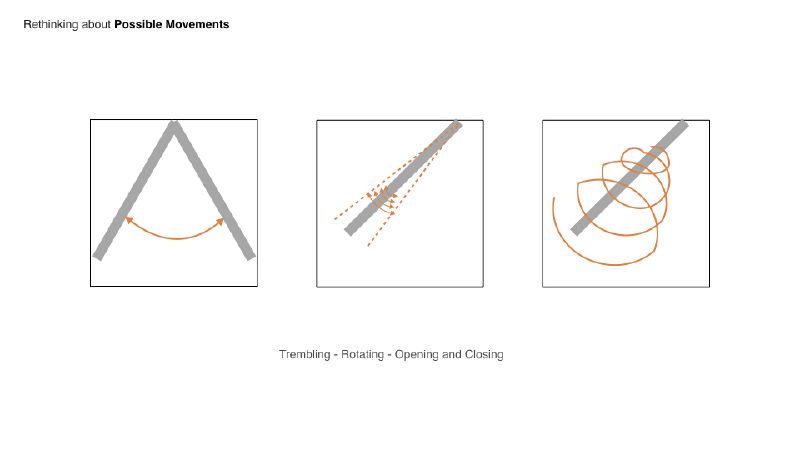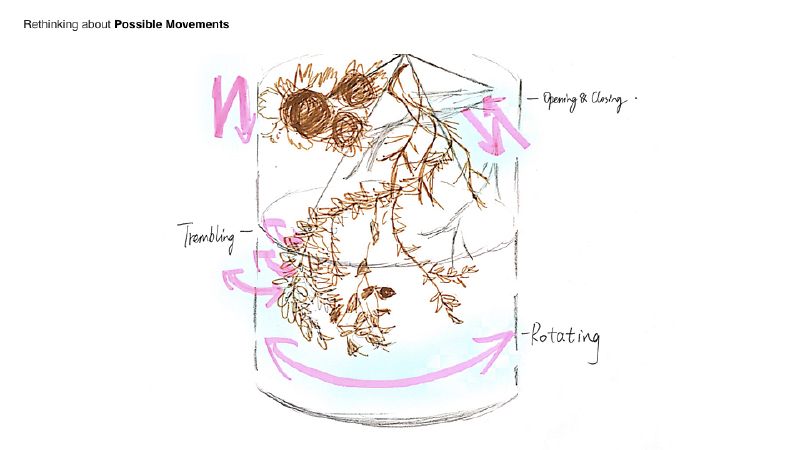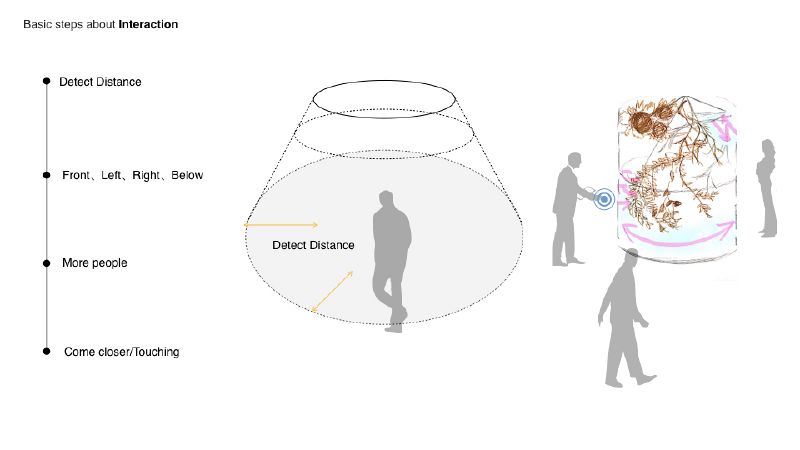No edit summary |
No edit summary |
||
| Line 23: | Line 23: | ||
preserve ‘beauty’ is an installation work composed of bright red flowers arranged in four adjacent rectangular compositions underneath large panes of clear glass. The flowers are presented in a single layer with their heads facing out towards the viewer, and their stalks are positioned downwards, so that the lower edge of each panel features a band of green made up of the stems of the bottom row of flowers. The type of flower used in the installation is a hybrid between a gerbera and a daisy that is known by the name ‘beauty’. During the period in which preserve ‘beauty’ is displayed, the flowers wither and die, and this decay process is visible to viewers through the glass. Due to the shrinkage of the flowers as they rot, the glass panels require adjustment over the period of display, and the dead flowers often fall out of the glass and decompose further on the floor. Viewers experience the installation through their sense of smell, as well as visually: they encounter either the smell of the flowers when they are fresh or their rotting odour as they decay, depending on the amount of time that has lapsed since the work was put on display. | preserve ‘beauty’ is an installation work composed of bright red flowers arranged in four adjacent rectangular compositions underneath large panes of clear glass. The flowers are presented in a single layer with their heads facing out towards the viewer, and their stalks are positioned downwards, so that the lower edge of each panel features a band of green made up of the stems of the bottom row of flowers. The type of flower used in the installation is a hybrid between a gerbera and a daisy that is known by the name ‘beauty’. During the period in which preserve ‘beauty’ is displayed, the flowers wither and die, and this decay process is visible to viewers through the glass. Due to the shrinkage of the flowers as they rot, the glass panels require adjustment over the period of display, and the dead flowers often fall out of the glass and decompose further on the floor. Viewers experience the installation through their sense of smell, as well as visually: they encounter either the smell of the flowers when they are fresh or their rotting odour as they decay, depending on the amount of time that has lapsed since the work was put on display. | ||
[[File:case1.jpg|400px]][[File:case2.jpg|400px]] | |||
Revision as of 10:32, 12 December 2017
Description of idea ——Interactive Botanic art
Just as you become accustomed to the equipment around you, and just as you’re able to make something momentarily perfect out of it, the seasons change, you grow some more, and the cycle starts again. It’s a beautiful process, and how to capture this momentary beauty, to create some thinking out of it, to give people some feeling about it.
Basic idea: an botanic installations, show reaction to people's movement. focused on to amplify the relation between human and nature. Approach :physical installations that sense the participants and create reactions.
The intended outcome is to use natural plants and create a botanic installation.Designing a mechanism to control the plants and have them connected with fabric. With multiple sensors detect participant's movements and present minor reactions to them.
As each participant come closer to the plants, their movement are sensed and cause minor impact on the movements of these plants, hopefully creating the feeling that there is life inside this botanic installations and they are breathing、trembling or rotating because of sensing the participants, like they are telling a story.
What kind of story will the participants feel from them?
Further links:
Anya Gallaccio preserve ‘beauty’ http://www.tate.org.uk/art/artworks/gallaccio-preserve-beauty-t11829
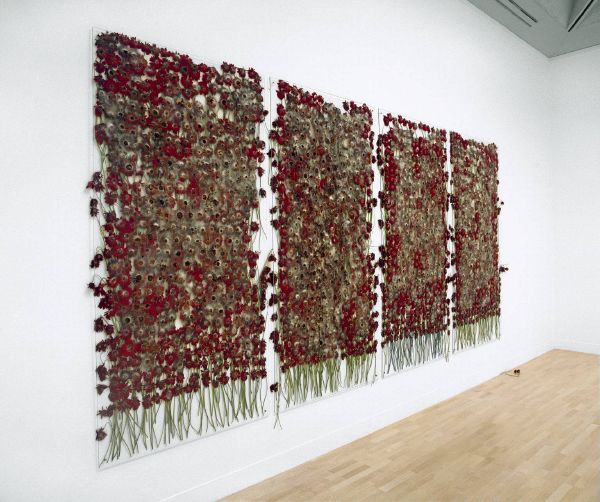
preserve ‘beauty’ is an installation work composed of bright red flowers arranged in four adjacent rectangular compositions underneath large panes of clear glass. The flowers are presented in a single layer with their heads facing out towards the viewer, and their stalks are positioned downwards, so that the lower edge of each panel features a band of green made up of the stems of the bottom row of flowers. The type of flower used in the installation is a hybrid between a gerbera and a daisy that is known by the name ‘beauty’. During the period in which preserve ‘beauty’ is displayed, the flowers wither and die, and this decay process is visible to viewers through the glass. Due to the shrinkage of the flowers as they rot, the glass panels require adjustment over the period of display, and the dead flowers often fall out of the glass and decompose further on the floor. Viewers experience the installation through their sense of smell, as well as visually: they encounter either the smell of the flowers when they are fresh or their rotting odour as they decay, depending on the amount of time that has lapsed since the work was put on display.
